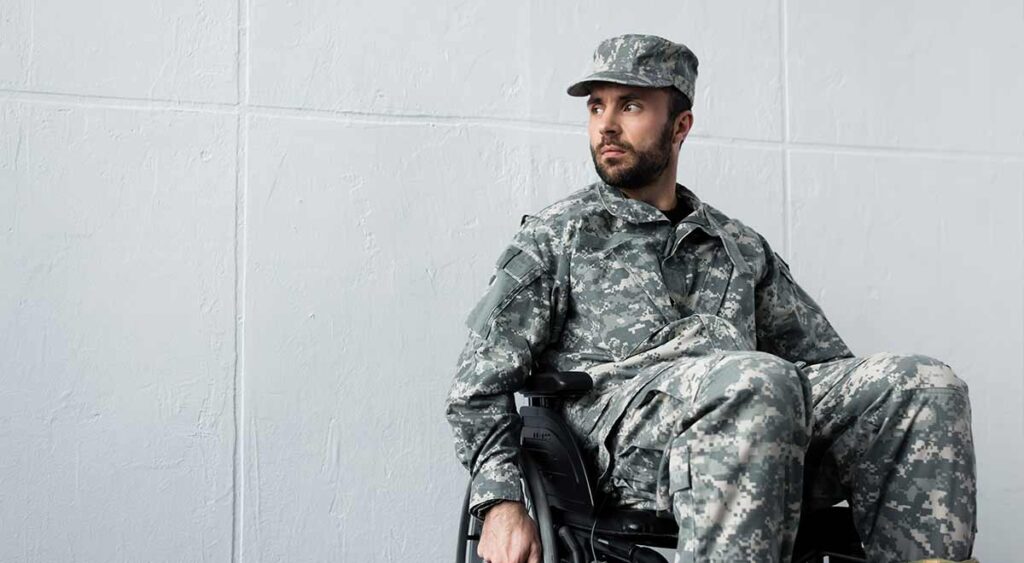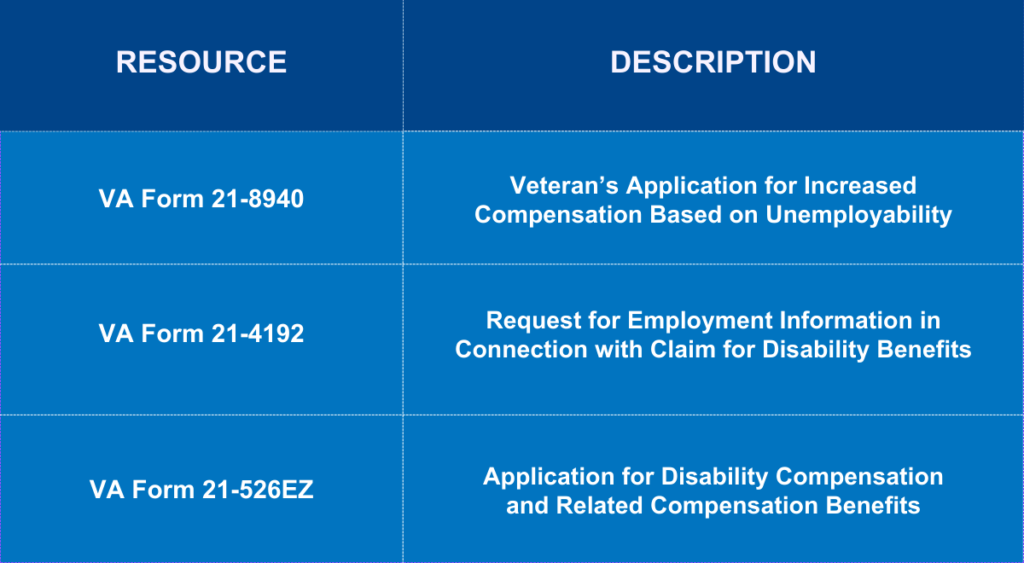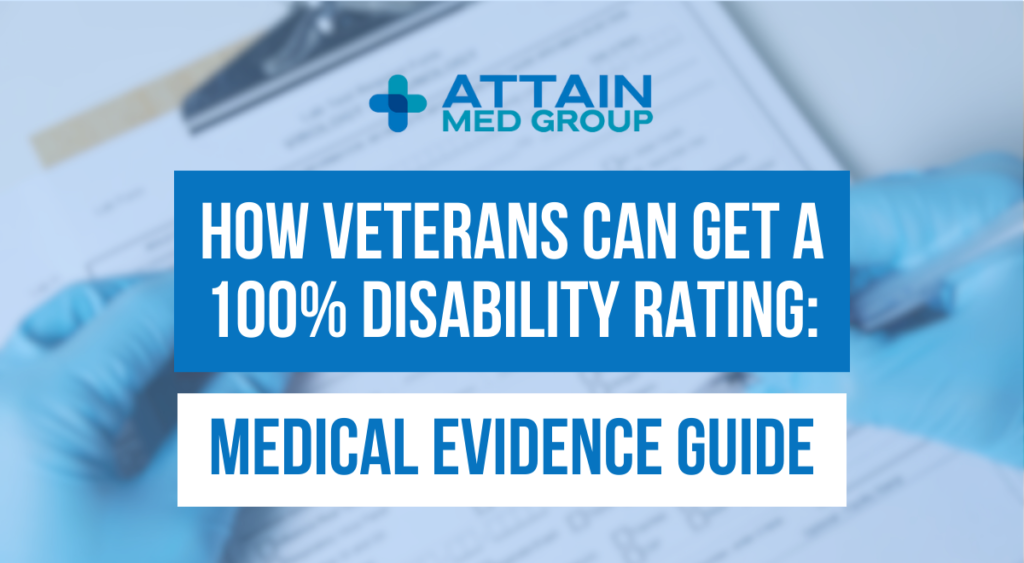Getting a 100% VA disability rating can feel impossible, but it’s not. It can change your life by offering full benefits for medical needs, housing, and monthly payments.
For veterans, understanding How Veterans Can Get a 100% Disability Rating with Proper Medical Evidence is the key to securing deserved support. We’ll explore what it takes, focusing on medical evidence and how it impacts your disability claim.
Understanding VA Disability Ratings
The VA uses disability ratings to show how much a service-connected disability impacts a veteran’s life. Ratings are given as a percentage, from 0 to 100, in steps of 10.
The higher the percentage, the more help you can get. That’s why knowing how to navigate the VA disability system is so important.
It’s key to understand what a disability rating is. It’s about assessing how your military service affected your well-being. Many firms such as Werner, Hoffman, Greig & Garcia can assist those seeking benefits for a 100 percent disability rating.
How Disability Ratings Affect Your Benefits
The disability rating you receive impacts your access to resources. The VA uses this rating to determine things such as veterans disability compensation rates.
More benefits become available as your rating goes up. This support shows how vital it is for veterans to secure the health care benefits they deserve.
Proving Your Service-Connected Disability
One of the first requirements you will find when determining How Veterans Can Get a 100% Disability Rating with Proper Medical Evidence is that you must collect the necessary documentation supporting your disability claim. Evidence should showcase how current disabilities link to active military service.
Medical records play a key role in proving the impact of your service on your health.

Getting the Right Medical Documents
You want to collect everything you can. Be sure to obtain medical records detailing your diagnosis, treatments, and ongoing issues linked to your military service. The treatment records will play an important role.
The dates of military service and medical conditions should line up. Linking events to medical conditions makes confirmation easier. After all, “medical documentation is the cornerstone of your disability claim” to begin with.
The Importance of a Nexus Letter
A nexus letter from a medical professional is important. It connects your current service-connected condition to your military service. It provides a detailed medical opinion on how service events led to current health conditions.
This letter strengthens your claim by offering clear, professional support. Your VA health care system records might be sufficient, so there is not always an additional expense needed to gather your evidence.
Disability Benefits Questionnaires (DBQs) and Independent Medical Opinions (IMOs)
DBQs are detailed forms used by the VA to assess disabilities. Getting a private physician to fill out a DBQ, or submitting an IMO, strengthens your claim, as it provides a comprehensive look at your condition individual and its link to your service.
DBQs and IMOs should fully describe the severity and ongoing effects of your disability. The Department of Veterans Affairs (VA) is trying to ensure that veterans can get what is coming to them to improve their lives and care.
Buddy Statements and Lay Evidence
A buddy statement can also be impactful. You also need lay evidence that comes from people who know about your situation. Anyone can give lay evidence, telling the VA what your current condition is.
These are statements from people who served with you or know about your condition individual. They can help provide evidence supporting your claim.

How the VA Calculates Disability Ratings
Many are surprised that VA math isn’t simple. It isn’t always about one plus one.
That’s because when you get your disability rating with combined rating charts, the VA rounds the combined disability rating to the nearest 10 percent increment.
Understanding the Combined Rating Schedule
To assess, the VA uses a combined rating schedule when service-connected disabilities occur in tandem.
For How Veterans Can Get a 100% Disability Rating with Proper Medical Evidence, make sure to look into this combined rating schedule.
Example Disability Rating Calculations
Let’s explore what these combined rating charts might look like and why many may be confused.
These examples illustrate how several conditions, each with its own rating, might total 100% combined. A veteran might not ever get 100% off a single condition.
Other VA Benefits That Are Important
Aside from getting your conditions service-connected you’ll be able to apply for VA health care. Once qualified this provides options for health care based on service. That also means treatment records.
Treatment is a great tool, which in turn becomes a wonderful instrument if applying for increased compensation. Beyond this are multiple assistance programs, career training, family care options, mental support as you move forward as a veteran.
Total Disability Individual Unemployability (TDIU)
For many veterans, 100% sounds impossible because many single disabilities may never get there. But did you know that veterans can get a 100 percent disability rating in some circumstances?
The VA offers TDIU in times that veterans cannot obtain and follow substantially gainful employment thanks to their service connected ailments.

What is Individual Unemployability?
You might hear someone say, “individual unemployability (TDIU) shows veterans to be compensated at VA’s 100 percent disability rate.” This can be approved “even if their combined disability rating does not equal 100 percent.”
TDIU serves as an important path for veterans. That’s why they might require payments that mirror those with full disability when a service-connected condition keeps them from holding down a job.
TDIU Eligibility Criteria
There are two conditions to be considered eligible. You should make sure that there is:
- One service-connected disability rated at 60% or more disabling.
- Two or more service-connected disabilities, with one rated at 40% or more disabling, and a combined rating of 70% or more.
Filing for TDIU
What happens when you have those issues though? Then it might be time to learn How Veterans Can Get a 100% Disability Rating with Proper Medical Evidence through those circumstances, and how to submit a claim for TDIU benefits.
That also means that, filing VA Form 21-8940 application in addition to VA Form 21-4192 for requesting employment info is important as you start. It can be difficult to find disability benefits, so any help is appreciated.
Submitting Your Claim and Appealing a Decision
Ensure everything needed is present. This way it helps claims move as smoothly as possible through all the processes.
The evidence needed for your claim and specific steps play a huge role.
How to File a Claim
There is a need to show medical and service records together. Showing all supporting medical papers, along with separation reports such as the DD214 for proof of service, all play an extremely large role for a number of disabilities.
It can be useful for health care and for disability rating claims. When completing this part to receive, keep a detailed record.
What Happens After You File
After filing for a VA disability claim, the VA reviews and processes your request to make a fair, consistent, and quality determination. It is an intricate multi-faceted arrangement with various moving pieces.
All of the things here must move in succession. Having a clear understanding of the benefits explained will make things easier.
Appealing a Denied Claim
It is easy to appeal the VA’s original decision. That often leads people to ask, “why even bother appealing”. Appeals include filing additional items the VA must acknowledge during your original claims process.
You can get insights into your appeal and discuss with an attorney. Then you can choose which is best when doing an investigation with outside parties.
Additional Resources
There are many ways the Disabled American Veterans offers options to assist and ensure service members continue along the process smoothly. Beyond free rides there are resources.
Some include guidance in navigating VA benefits claims. Also know you’re not alone if you’re seeking mental health help.

Other Types of Benefits You Can Receive
If you are on active duty there may be opportunities to apply for special, prestabilization ratings. When this action occurs a service member may find themselves on a path to secure 50-100% before separation or retirement.
This is specifically helpful for conditions individual to each person. The conditions are reviewed by a health professional.
Seeking Professional Help
Partnering with experienced legal experts is worth considering as you learn How Veterans Can Get a 100% Disability Rating with Proper Medical Evidence. It gives you confidence every step is right to secure VA compensation.
As each service connected injury becomes more clear it makes every case viable.
Remember You’re Not Alone
Know that you’re not by yourself, and it’s okay to seek help. Whether that also includes additional ailments and muscular strains and tears. There are various strains seen from a rotator cuff tear which then becomes its own disability rating that you will be awarded based on symptoms.
For help, explore available resources and support networks. Knowing what is needed to submit medical evidence is extremely important.
Conclusion
Learning How Veterans Can Get a 100% Disability Rating with Proper Medical Evidence can dramatically improve a veteran’s life. Securing all deserved compensation often starts with understanding the claims, having correct documentation, and using resources like professional guidance.
Success doesn’t stop there, because continued dedication will better your chances to boost health, happiness and economic stability. It becomes priceless when in most need for a variety of different life paths. Remember, a team can always get things in order as there are paths that veterans walk for themselves.
Understanding the process is the key to success. The system values their input and looks to guide them as long as veterans understand what’s needed. Then they can get into this process themselves to assist on a claim.

